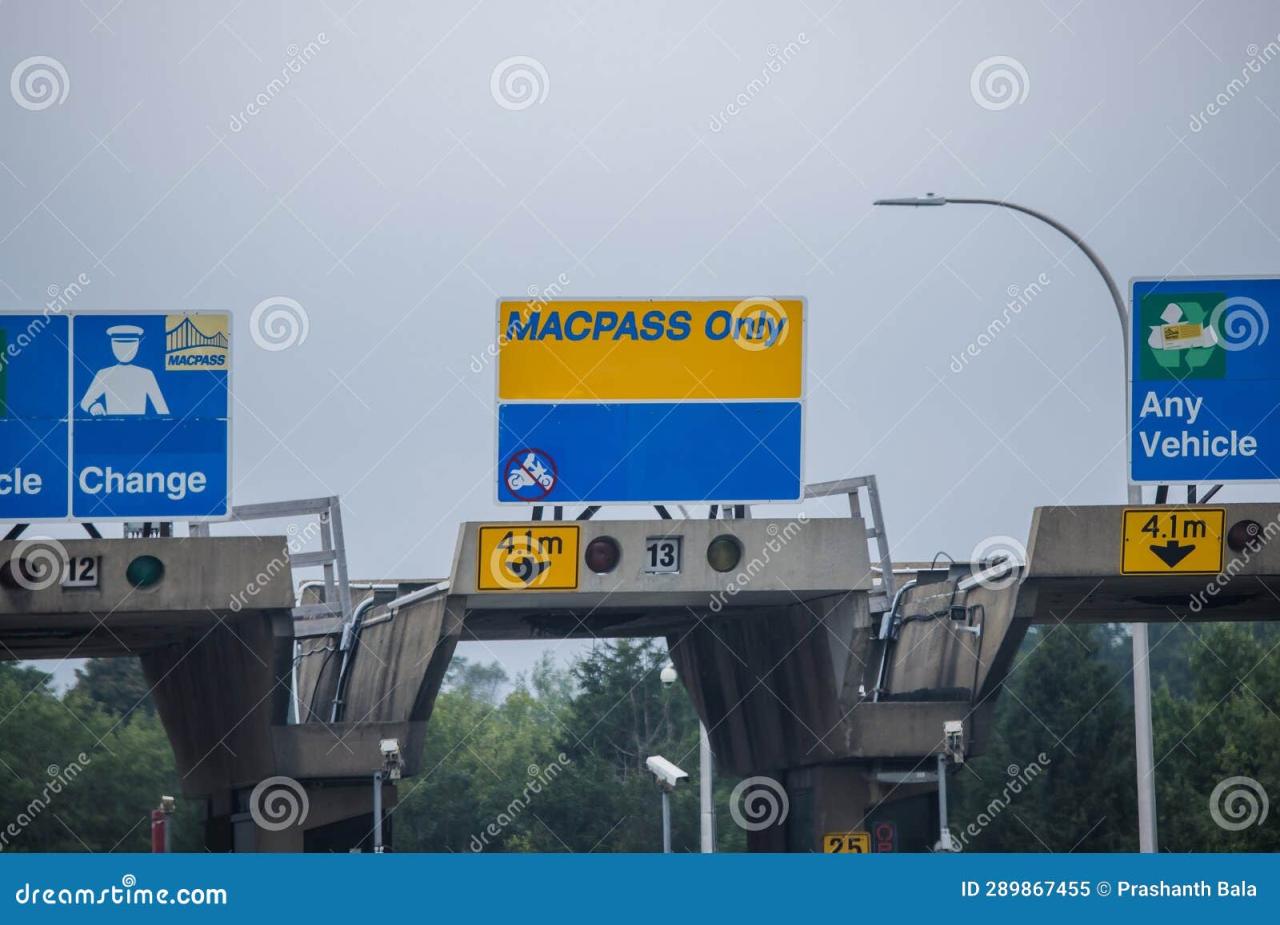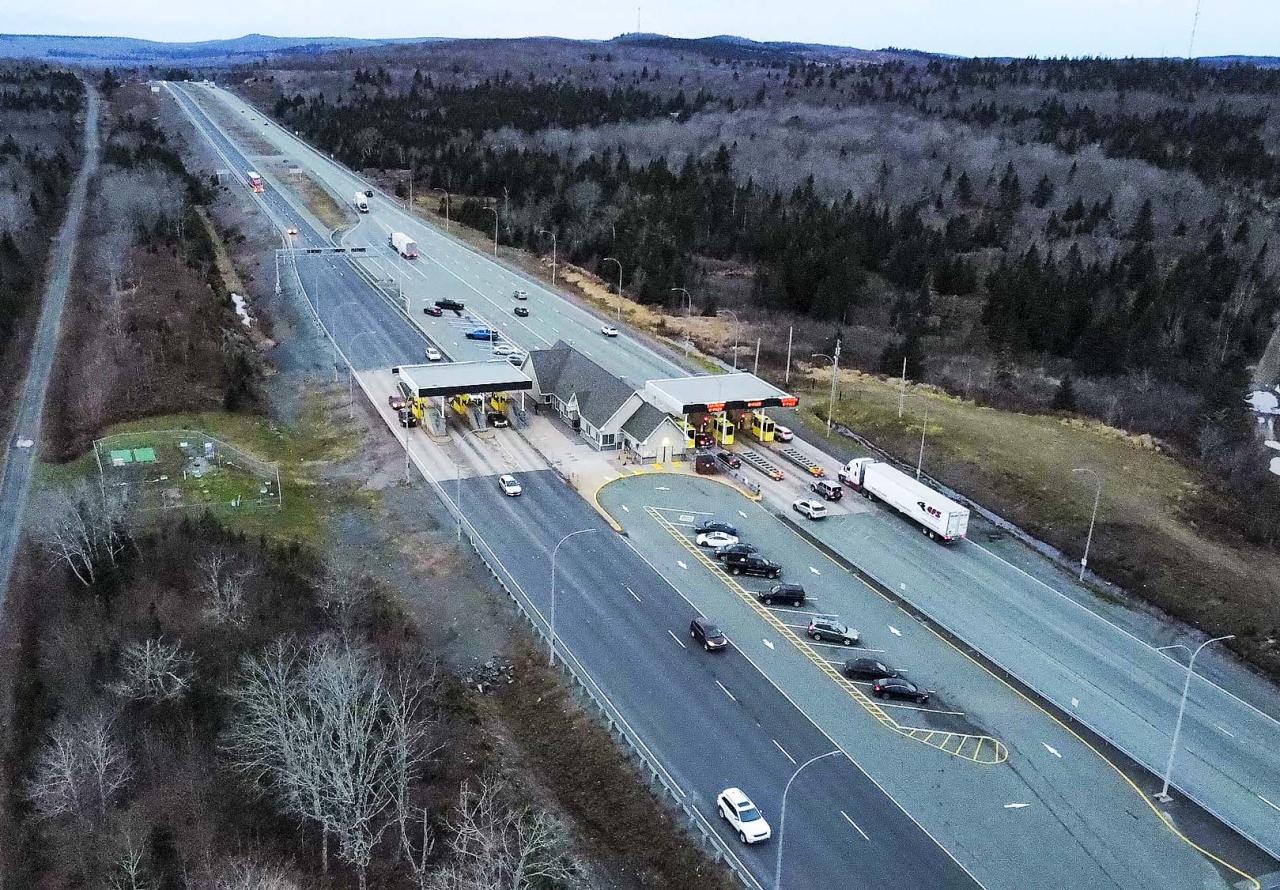Cobequid Pass camera systems provide a crucial overview of traffic conditions along this vital transportation route. These cameras, strategically positioned throughout the pass, offer real-time monitoring capabilities, enabling efficient traffic management and enhanced road safety. This detailed analysis explores the camera network’s location, functionality, data utilization, public access policies, and overall security implications, providing a comprehensive understanding of this important infrastructure.
The Cobequid Pass camera provides a fascinating real-time view of Nova Scotia’s landscape. However, the potential for mishaps with unmanned aerial vehicles is a concern, as highlighted by a recent incident; for instance, you can read about a significant florida drone accident that underscores the importance of responsible drone operation. Understanding such incidents helps inform safety protocols for similar monitoring systems, such as the Cobequid Pass camera, and promotes responsible technology use.
The system’s effectiveness hinges on a combination of factors, including camera placement to minimize blind spots, high-resolution imaging for clear visibility, and robust data analysis techniques for incident detection. Public access to live feeds and archived footage is also considered, weighing the benefits of transparency against potential security concerns. A thorough examination of these aspects will illuminate the role of the Cobequid Pass camera system in ensuring smooth traffic flow and promoting road safety.
Cobequid Pass Traffic Camera System
The Cobequid Pass, a vital transportation artery, benefits from a network of traffic cameras designed to monitor traffic flow, enhance safety, and aid in incident management. This system provides valuable data for both real-time traffic management and long-term transportation planning. This article details the functionality, coverage, and impact of this camera network.
Cobequid Pass Traffic Conditions

Traffic patterns through the Cobequid Pass vary significantly depending on the time of day and day of the week. Understanding these variations is crucial for effective traffic management.
| Time of Day | Day of Week | Traffic Volume (estimated) | Contributing Factors |
|---|---|---|---|
| 7:00 AM – 9:00 AM | Monday – Friday | High | Commuters heading to work in Truro and Halifax |
| 12:00 PM – 2:00 PM | Monday – Friday | Moderate | Lunch breaks, increased short-distance travel |
| 4:00 PM – 6:00 PM | Monday – Friday | High | Commuters returning home, increased traffic volume |
| Weekends | Saturday & Sunday | Moderate to High (variable) | Tourism, recreational travel, and shopping excursions |
| Overnight | Daily | Low | Reduced travel activity |
Congestion is often caused by accidents, construction, or seasonal events like increased tourism during summer months. Weekday traffic generally experiences higher volumes during peak commuting hours compared to weekends, which tend to see fluctuating volumes depending on events and tourist activity.
Camera Locations and Coverage, Cobequid pass camera
Several strategically placed cameras monitor the Cobequid Pass. Their locations and coverage areas provide comprehensive traffic surveillance.
- Location 1: Near the entrance to the Cobequid Pass from the south. This fixed camera offers a wide field of view, capturing traffic approaching the pass. It has minimal blind spots due to its elevated position.
- Location 2: Mid-point of the Cobequid Pass. A pan-tilt-zoom camera allows for flexible monitoring of the entire area. While it offers wide coverage, there may be temporary blind spots during panning maneuvers.
- Location 3: Near the exit of the Cobequid Pass to the north. This fixed camera captures traffic leaving the pass, providing data on overall throughput. Its elevated position minimizes blind spots.
A detailed map, unavailable for inclusion here, would visually represent these camera locations and their respective coverage areas, highlighting any potential overlapping coverage or areas with limited visibility.
Camera Image Quality and Functionality

The cameras provide high-resolution images, ensuring clear visibility of license plates and traffic conditions, even in moderate lighting. Night vision capabilities are integrated to ensure continued functionality during low-light conditions, although image clarity may be slightly reduced compared to daytime.
The system offers live streaming capabilities, allowing for real-time monitoring. Time-lapse recordings are also utilized for analyzing traffic patterns over extended periods. Archived images are stored for future reference and incident investigation. Compared to systems in similar locations, the Cobequid Pass cameras offer comparable image quality and functionality, with a focus on reliability and data retention.
Use of Camera Data for Traffic Management

Real-time traffic monitoring utilizes camera data to identify congestion areas and potential hazards. Automated systems analyze camera footage for incident detection, such as accidents or stalled vehicles. This information allows for timely responses, such as deploying emergency services or implementing traffic control measures.
For instance, historical data has shown that during peak hours, minor delays can quickly escalate into major traffic jams. The cameras have allowed authorities to proactively adjust traffic light timings or reroute traffic, minimizing congestion and improving response times to incidents. This proactive approach, informed by the camera data, has resulted in reduced accident severity and improved overall traffic flow.
Monitoring traffic flow at Cobequid Pass often involves reviewing camera footage. The sheer scale and precision required for such monitoring is impressive, reminding me of the intricate choreography involved in a large-scale drone display, such as the spectacular florida drone show. Both systems, in their own way, utilize technology to provide a captivating visual representation of movement and data; returning to Cobequid Pass, the camera feeds offer a similar, though less visually stunning, insight into the flow of vehicles.
Public Access to Camera Footage

Live camera feeds are not currently available to the public. This restriction is primarily due to privacy concerns and the potential misuse of the data. However, aggregate traffic data, such as average speeds and traffic volume, may be publicly accessible through the transportation department’s website. This allows for informed travel planning without compromising individual privacy.
Monitoring traffic flow at Cobequid Pass is often done via strategically placed cameras. While this provides real-time data on road conditions, it’s a far cry from the whimsical tracking offered by the norad santa tracker phone number , which provides a much different kind of holiday-themed monitoring. Returning to the Cobequid Pass cameras, their practical application is vital for ensuring smooth travel during peak seasons.
While public access to live feeds could enhance transparency and inform driver decisions, concerns about potential misuse, such as tracking individuals or identifying vulnerable targets, necessitate careful consideration. The current policy balances the benefits of public information with the need to protect privacy and security.
Safety and Security Implications
The cameras are vulnerable to vandalism and theft. To mitigate these risks, the system incorporates robust physical security measures, such as protective housings and regular maintenance checks. Furthermore, the data transmission uses encrypted channels to prevent unauthorized access.
The cameras play a significant role in enhancing road safety by providing early warning of incidents and allowing for swift response. A hypothetical enhancement to the security protocol would involve integrating advanced analytics to detect suspicious activity around the cameras and automatically alert security personnel. This proactive approach would further strengthen the security of the system and ensure its continued effectiveness in promoting road safety.
In conclusion, the Cobequid Pass camera system represents a significant advancement in traffic management and road safety. The strategic deployment of cameras, coupled with sophisticated data analysis techniques and carefully considered public access policies, allows for proactive monitoring and efficient response to incidents. While challenges related to security and data privacy persist, the overall benefits of this system are undeniable, contributing to improved traffic flow, reduced congestion, and enhanced safety for all users of the Cobequid Pass.
Question & Answer Hub: Cobequid Pass Camera
What type of data is collected by the Cobequid Pass cameras?
The cameras collect visual data, providing real-time images and video footage of traffic conditions.
How often are the camera images updated?
The update frequency varies depending on the specific camera and its settings; however, it’s designed to provide near real-time updates.
Are there any plans to expand the camera network in the future?
Information regarding future expansion plans would need to be obtained from the relevant transportation authority.
What happens to the recorded camera footage after a certain period?
Footage retention policies are subject to change; contacting the managing authority will provide the most up-to-date information.
